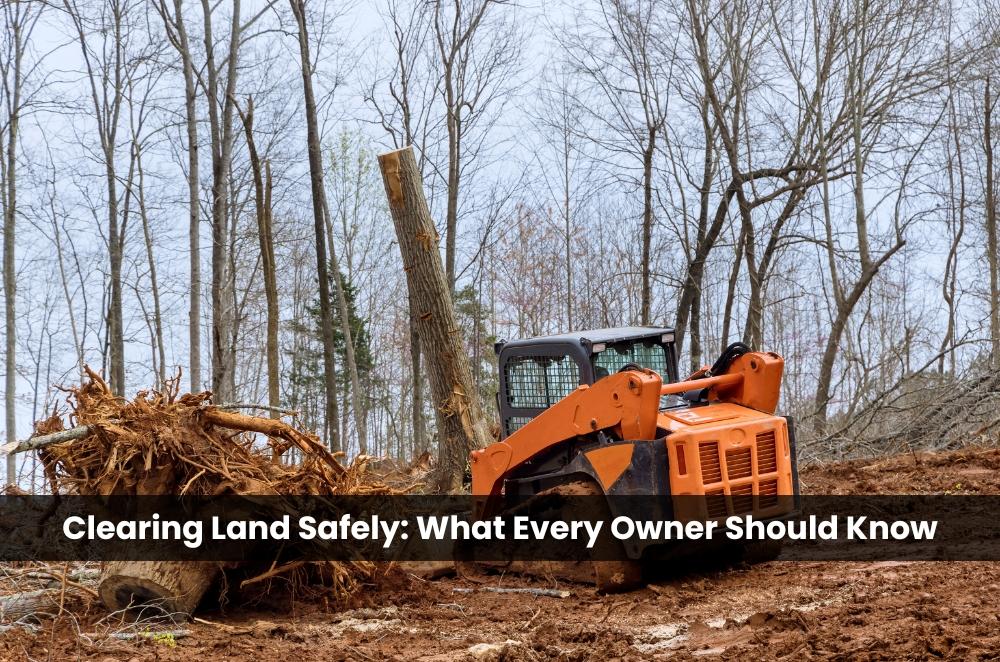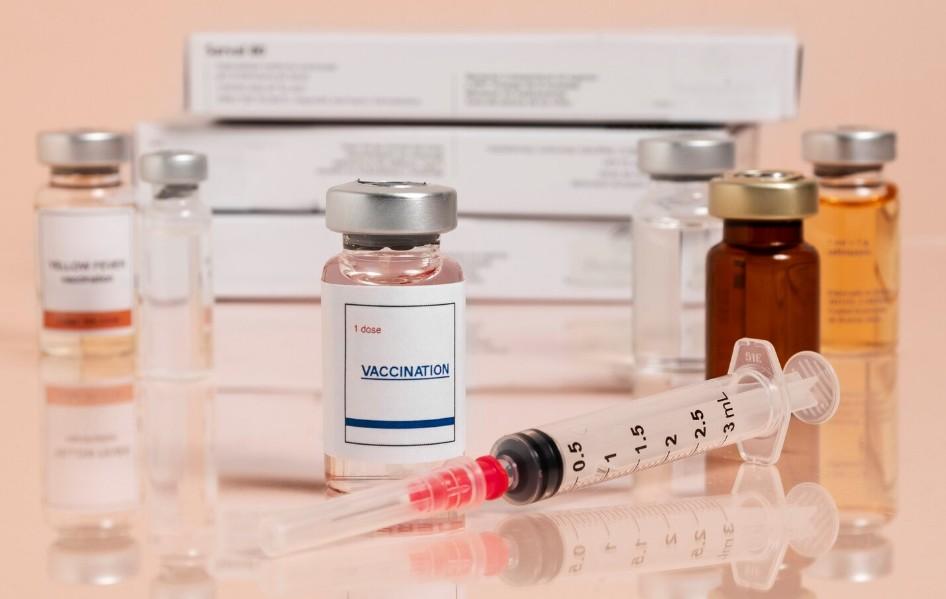GEO Services in Agriculture: Revolutionizing Crop Management

Agriculture has always been a cornerstone of human civilization. With a rapidly growing global population and climate change affecting crop yields, the need for innovative solutions in agriculture has never been greater. In recent years, GEO Services have emerged as a critical tool in modern agriculture, offering transformative ways to manage crops, optimize resources, and promote sustainability.
Adomantra, a leading provider of advanced GEO Services, has been at the forefront of implementing these technologies to empower farmers and agribusinesses. By leveraging satellite imagery, geographic information systems (GIS), and remote sensing, GEO Services provide actionable insights that enable precise and informed decision-making in agriculture.
In this blog, we will explore the role of GEO Services in agriculture, the technologies behind them, their applications in crop management, sustainability benefits, and real-world examples of successful implementation.
Understanding GEO Services in Agriculture
GEO Services refers to the use of geospatial technologies to collect, analyze, and visualize data related to the Earth’s surface. In agriculture, this means using data from satellites, drones, sensors, and GIS platforms to monitor fields, assess crop health, and make data-driven decisions.
The main components of GEO Services in agriculture include:
-
Remote Sensing: Capturing data about crops, soil, and water resources using satellites or drones.
-
Geographic Information Systems (GIS): Mapping and analyzing spatial data to visualize crop health, soil types, and land use patterns.
-
Global Positioning System (GPS): Enabling precise tracking of farm machinery and field operations.
-
Data Analytics: Converting raw geospatial data into actionable insights for better decision-making.
Adomantra uses these technologies to help farmers and agribusinesses optimize crop production while reducing costs and environmental impact.
Importance of GEO Services in Modern Agriculture
Agriculture today faces numerous challenges, including unpredictable weather, soil degradation, water scarcity, and pest infestations. Traditional farming methods often rely on experience and observation, which can lead to inefficiencies. GEO Services offer precise, real-time information that allows farmers to address these challenges effectively.
Key Benefits:
-
Improved Crop Monitoring: By using satellite imagery, farmers can monitor the health and growth of crops throughout the season. Changes in vegetation can be detected early, allowing timely interventions.
-
Precision Agriculture: GEO Services enable precision farming techniques such as variable rate application of fertilizers and pesticides. This ensures optimal resource use and minimizes environmental impact.
-
Soil Health Assessment: GIS and remote sensing help assess soil properties, including moisture levels, nutrient content, and texture. This data informs decisions on crop selection and fertilization strategies.
-
Pest and Disease Management: Early detection of pest infestations and diseases through geospatial data allows farmers to take targeted action before significant damage occurs.
-
Resource Optimization: GEO Services help optimize irrigation, reduce water wastage, and manage fertilizers efficiently, contributing to sustainable agriculture practices.
Technologies Behind GEO Services
The effectiveness of GEO Services in agriculture is largely due to the integration of advanced technologies. Understanding these technologies helps appreciate their role in enhancing crop management.
1. Satellite Imagery
Satellites capture high-resolution images of agricultural fields over time, enabling continuous monitoring. Multispectral and hyperspectral sensors detect variations in crop health that are invisible to the naked eye. For instance, early signs of water stress or nutrient deficiency can be identified before visible symptoms appear.
2. Drones and UAVs
Unmanned aerial vehicles (UAVs) provide a flexible and cost-effective way to collect field data. Drones equipped with cameras or sensors can capture detailed images and generate real-time maps of crop health, irrigation patterns, and soil conditions.
3. Geographic Information Systems (GIS)
GIS platforms integrate spatial data from multiple sources to create comprehensive maps. Farmers can visualize soil types, crop health zones, water availability, and field boundaries. GIS allows precise planning of farm operations and resource allocation.
4. IoT Sensors and Smart Devices
Soil moisture sensors, weather stations, and crop health sensors provide real-time data for farm monitoring. When integrated with GEO Services, this data can optimize irrigation, fertilization, and pest control operations.
5. Data Analytics and AI
Advanced algorithms analyze geospatial and sensor data to provide actionable insights. Predictive models can forecast crop yields, identify risks, and suggest optimized interventions. Adomantra leverages AI-powered analytics to help farmers make evidence-based decisions.
Applications of GEO Services in Agriculture
The application of GEO Services in agriculture spans multiple areas, transforming traditional farming into a more precise, efficient, and sustainable practice.
1. Crop Monitoring and Health Assessment
Continuous monitoring of crops using satellite imagery and drone data allows farmers to identify problems early. Vegetation indices, such as NDVI (Normalized Difference Vegetation Index), measure plant health and growth. By identifying stressed areas, farmers can take corrective measures promptly.
2. Precision Farming
Precision agriculture relies on geospatial data to apply inputs like water, fertilizer, and pesticides selectively rather than uniformly. This reduces wastage, lowers costs, and minimizes environmental impact. GEO Services guide machinery using GPS and GIS to ensure precise application.
3. Soil and Nutrient Management
GEO Services assess soil quality and nutrient levels across the field. This enables variable rate fertilization, optimizing nutrient distribution according to the specific needs of different areas. Healthy soil improves crop yield and reduces the risk of overfertilization.
4. Irrigation Management
Water scarcity is a major challenge in agriculture. GEO Services monitor soil moisture and weather patterns to optimize irrigation schedules. Smart irrigation systems, guided by geospatial data, conserve water while ensuring crops receive the right amount of hydration.
5. Pest and Disease Control
Early detection of pests and diseases is crucial to prevent crop loss. Remote sensing and GIS tools identify affected areas, allowing farmers to apply targeted interventions instead of blanket treatments. This reduces pesticide use and promotes sustainable farming.
6. Yield Estimation and Forecasting
Accurate yield estimation helps farmers plan harvests, storage, and market strategies. By analyzing historical and current geospatial data, GEO Services predict crop productivity, enabling better decision-making for farmers and agribusinesses.
Enhancing Sustainability with GEO Services
Sustainability is a critical concern in modern agriculture. Overuse of chemicals, inefficient water usage, and soil degradation threaten long-term food security. GEO Services support sustainable agriculture by optimizing resource use, reducing environmental impact, and promoting responsible farming practices.
Environmental Benefits:
-
Reduced Chemical Usage: Targeted application of fertilizers and pesticides reduces chemical runoff into water bodies.
-
Water Conservation: Smart irrigation guided by geospatial data minimizes water waste.
-
Soil Preservation: Monitoring soil health prevents degradation and encourages sustainable soil management practices.
-
Climate Resilience: GEO Services provide real-time insights on weather and crop conditions, helping farmers adapt to climate change impacts.
Adomantra integrates sustainability into its GEO Services solutions, helping farmers achieve higher productivity without compromising environmental integrity.
Real-World Case Studies
Case Study 1: Precision Farming in Punjab, India
Adomantra collaborated with a large farm in Punjab to implement GEO Services for precision farming. By using satellite imagery and drone surveys, the farm optimized fertilizer application, reducing input costs by 20% while increasing yield by 15%.
Case Study 2: Irrigation Management in Maharashtra, India
In water-scarce regions of Maharashtra, Adomantra implemented GIS-based irrigation management systems. Farmers received real-time soil moisture data, enabling precise irrigation scheduling. Water consumption was reduced by 25%, and crop health improved significantly.
Case Study 3: Pest Control in Karnataka, India
Adomantra deployed remote sensing tools to detect pest infestations in cotton fields. Targeted interventions were applied, reducing pesticide use by 30% and preventing large-scale crop loss.
These examples demonstrate how GEO Services can transform agricultural practices, making them more efficient, productive, and sustainable.
Future of GEO Services in Agriculture
The future of agriculture is increasingly digital and data-driven. GEO Services will continue to evolve with advancements in satellite technology, AI, and IoT devices. Key trends include:
-
Integration with AI and Machine Learning: Enhanced predictive analytics will provide even more accurate crop and yield forecasts.
-
IoT-Enabled Smart Farms: More farms will adopt IoT sensors connected to GEO Services platforms for real-time monitoring.
-
Climate-Smart Agriculture: GEO Services will help farmers adapt to changing climate conditions, promoting resilience and sustainability.
-
Data-Driven Policy Making: Governments and policymakers can leverage geospatial data for better agricultural planning and resource allocation.
Adomantra remains committed to advancing these technologies, helping farmers globally maximize efficiency, reduce waste, and achieve sustainable agriculture goals.
Conclusion
GEO Services are revolutionizing agriculture by enabling precision farming, sustainable practices, and efficient resource management. By providing real-time insights into crop health, soil conditions, and environmental factors, these technologies empower farmers to make informed decisions that enhance productivity and sustainability.
Adomantra, through its innovative GEO Services solutions, continues to support farmers and agribusinesses in achieving these objectives. As agriculture faces growing challenges from population growth and climate change, GEO Services will play a pivotal role in ensuring food security and sustainable farming practices worldwide.
By embracing these technologies, farmers can optimize yields, conserve resources, and move towards a more sustainable and resilient agricultural future. GEO Services are not just a technological advancement—they are a vital tool for the future of farming.
FAQ – GEO Services in Agriculture
1. What are GEO Services in agriculture?
GEO Services are geospatial technologies used in agriculture to collect, analyze, and interpret spatial data. They include satellites, drones, GIS, and GPS-enabled systems that help farmers monitor crop health, soil conditions, and water usage.
2. How do GEO Services improve crop management?
GEO Services provide accurate insights into crop growth, nutrient levels, and stress areas. By identifying problems early, farmers can make data-driven decisions, improving yields and reducing costs.
3. What technologies are included in GEO Services for farming?
Key technologies include:
-
Satellite imagery for large-scale monitoring
-
Drones/UAVs for detailed field surveys
-
GIS for mapping and spatial analysis
-
IoT sensors for soil and crop monitoring
-
AI and data analytics for predictive insights
4. Can GEO Services help small farmers?
Yes. Scalable GEO Services solutions, like those offered by Adomantra, allow small farmers to optimize resources, reduce input costs, and increase crop productivity without heavy upfront investments.
5. How do GEO Services support sustainable agriculture?
By enabling precision farming, GEO Services reduce water and chemical usage, minimize soil degradation, and promote eco-friendly farming. This helps farmers maintain productivity while protecting the environment.
6. How does Adomantra implement GEO Services for agriculture?
Adomantra integrates satellite data, drone imaging, GIS mapping, and analytics to provide actionable insights. Their solutions help farmers monitor crops, detect pests, optimize irrigation, and adopt sustainable practices.
7. Can GEO Services detect pest infestations early?
Yes. Remote sensing and multispectral imaging detect stress signals in crops, often caused by pests or diseases. Early detection allows targeted interventions before significant damage occurs.
8. How accurate are GEO Services in predicting crop yields?
GEO Services use historical and real-time geospatial data to forecast yields accurately. Factors like soil health, weather, and crop growth patterns are analyzed to provide reliable estimates for harvest planning.
9. Do GEO Services help in water management?
Absolutely. GEO Services monitor soil moisture, rainfall, and crop water needs. Smart irrigation systems guided by this data ensure precise water application, reducing wastage and improving crop health.
10. What is precision agriculture, and how do GEO Services enable it?
Precision agriculture is a farming approach that applies resources like fertilizers, water, and pesticides selectively. GEO Services provide spatial data to guide precise interventions, optimizing productivity and minimizing environmental impact.
11. How do drones contribute to GEO Services in agriculture?
Drones capture high-resolution images of fields, enabling monitoring of crop health, irrigation patterns, and pest infestations. They can quickly cover large areas, providing actionable data faster than traditional methods.
12. Can GEO Services improve soil health management?
Yes. By mapping soil moisture, nutrient content, and texture, GEO Services help farmers plan crop rotations, fertilization, and irrigation. This ensures healthy soil and sustainable long-term productivity.
13. Are GEO Services cost-effective for large farms?
Yes. Large farms benefit from reduced resource wastage, optimized operations, and higher yields. Even though technology implementation may have an initial cost, the return on investment through efficiency and productivity is significant.
14. How do GEO Services contribute to climate-resilient agriculture?
GEO Services provide real-time data on weather, soil, and crop conditions. Farmers can make informed decisions to adapt to climate variability, mitigate risks, and maintain consistent production.
15. Can GEO Services be integrated with farm machinery?
Yes. GPS-enabled machinery can work with GEO Services for precise seeding, fertilization, and spraying. This integration ensures resources are used efficiently and crops receive the right treatment at the right time.
16. How frequently should farmers use GEO Services?
The frequency depends on crop type and season. Some farms benefit from weekly monitoring using drones and sensors, while others may rely on monthly satellite data. Continuous monitoring is ideal for high-value or sensitive crops.
17. How do GEO Services help in pest and disease control planning?
By analyzing spatial patterns of crop stress and historical pest outbreaks, GEO Services guide preventive measures. Farmers can apply pesticides only where needed, reducing chemical use and costs.
18. Can GEO Services monitor multiple crops simultaneously?
Yes. Advanced geospatial platforms can handle data from multiple fields and crop types, providing comprehensive insights for farms growing diverse crops.
19. How does Adomantra ensure data accuracy in GEO Services?
Adomantra combines high-resolution satellite data, drone surveys, and ground-level sensor inputs. Advanced analytics and AI models validate and cross-check data for accuracy before providing actionable insights.
20. Can GEO Services assist in post-harvest management?
Yes. By forecasting yields and mapping crop health zones, GEO Services help plan harvesting schedules, storage requirements, and logistics, ensuring efficient post-harvest operations.
21. Are GEO Services only useful for large-scale farms?
No. Small and medium farms can also benefit. Scalable GEO Services allow any farmer to optimize resources, reduce waste, and improve crop productivity, regardless of farm size.
22. How do GEO Services impact agricultural sustainability?
By promoting precise use of fertilizers, water, and pesticides, GEO Services reduce environmental degradation. Soil health is maintained, water is conserved, and chemical runoff is minimized, contributing to long-term sustainability.
23. Can GEO Services help in policy-making and agricultural planning?
Yes. Governments and organizations can use geospatial data to analyze crop performance, water usage, and land patterns, enabling better planning, subsidies, and resource allocation.
24. What is the future potential of GEO Services in agriculture?
The future includes AI-powered predictive analytics, IoT-connected smart farms, climate-resilient crop management, and large-scale adoption of precision agriculture. GEO Services will continue to transform farming into a highly efficient and sustainable practice.








